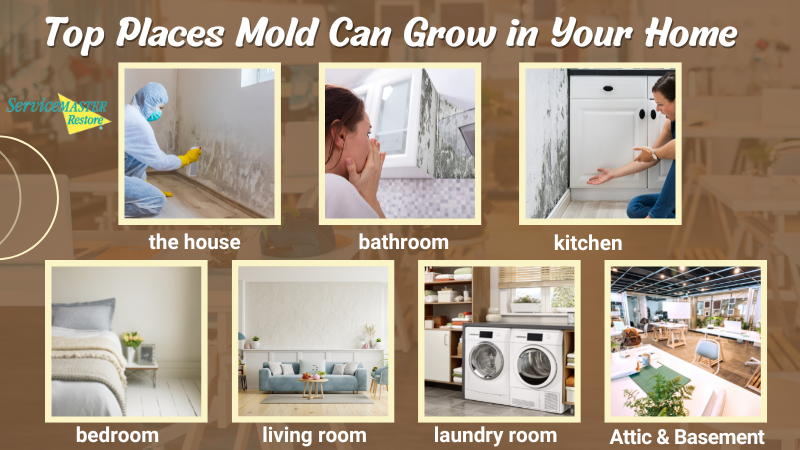Mold is a pervasive nuisance when it grows inside the home. People allergic to mold will start to experience symptoms, and even those without allergies will start to cough and wheeze. Plus, mold destroys a building’s structural materials. Here are top places mold grows inside the home.
1. In the House
Mold thrives on damp organic matter, which is why it is no surprise when the spores grow along a water damaged wall, floor, or ceiling. Similarly, the windows and window seals are susceptible to mold growth when condensation accumulates. Even the door can harbor mold.
The HVAC system is a critical place to check for mold, considering an existing mold infestation could spread from the air ducts to other rooms. Also inspect the drainage system and filters in the AC to ensure they function properly; otherwise, mold could grow in the wet areas.
2. In the Bathroom
Mold enjoys the warm, moist environment of the bathroom, especially when it lacks ventilation from a window or fan. The spores receive nourishment from the constant dampness of a frequently used bathtub. Check for mold on shampoo bottles, around the shower head, and on the shower curtains.
Heavily used sinks also attract mold due to the constant supply of moisture. Mold can grow inside and under the sink when moisture conditions are right. Damp cleaning supplies stored in the darkened cabinets under the sink, for example, will introduce a flurry of mold spores.
Similarly, the bathroom toilets and the vanity can become moldy as a result of the continuous presence of humidity. Bathroom rugs are equally susceptible to mold growth, especially since these porous materials are not washed as often as they should be.
3. In the Kitchen
Expired food, like bread, can cause an unwanted case of mold. It’s important to remove old food from the fridge and clean the fridge drip tray where water collects; clean under and behind the fridge too. Wipe away food particles from appliances, such as the Keurig, microwave, kettle, and stove.
A leaky kitchen sink drainpipe can be a source for mold. Avoid mold problems by repairing plumbing problems right away. The potential for mold growth is high around the kitchen sink, where damp sponges are stored, and piles of dirty dishes are stacked up.
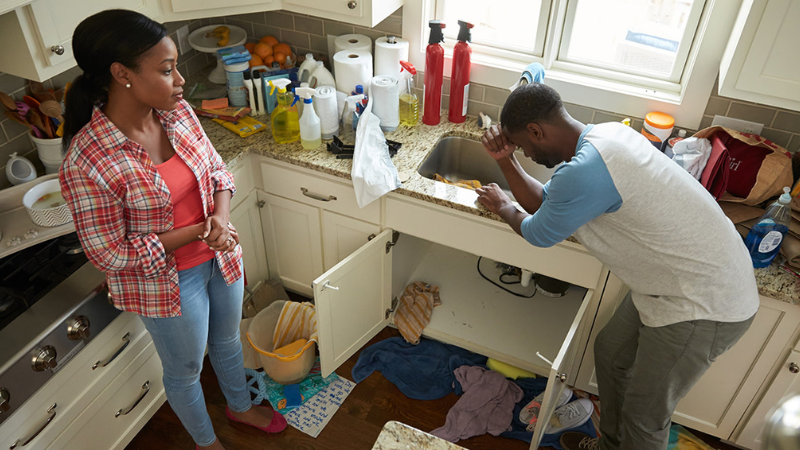
4. In the Bedroom
The bedroom may seem like a mold-free space. The reality, however, is that mold can grow in numerous damp places in this area. The humidifier, for instance, can be a haven for mold. Likewise, corners of darkened closets where damp clothes are thrown can trigger mold growth.
The mattress and bedsheets, especially after liquid spills, can develop a nasty case of mold. When practical, invest in a mold-resistant mattress or ensure it stays cool and dry. Laundry baskets kept in the bedroom can house mold, especially when damp towels or clothing are stored in them.
5. In the Living Room
The living room will draw mold spores when moisture enters through windows left open on a rainy day and the upholstery and carpets become damp. As rain pelts through the open window, it will also dampen the curtains, causing them to develop an infestation of mold.
As mentioned, the AC and heating vents that run through the living room can harbor mold and scatter the spores. The living room windows, window seals, and doors, when dampened by rain, high indoor humidity levels, or condensation, will become moldy within 24 to 48 hours.
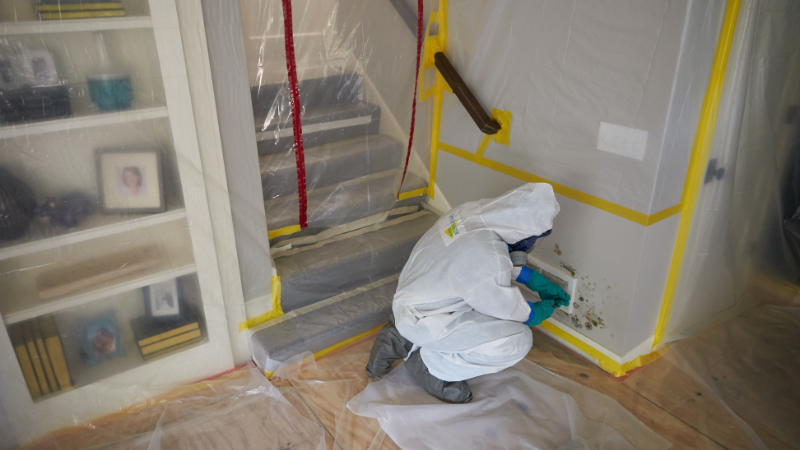
6. In the Laundry Room
When dirty clothes are stored in the laundry basket inside the laundry room (instead of the bedroom, for instance), mold can grow. The conditions inside laundry baskets are ideal, providing mold with organic food sources (dirt on clothing), moisture (sweat), and darkness.
The washing machine is fair game for mold spores, which is why it is essential for homeowners to keep it dry by keeping the washing machine door open when not in use. Dryers, too, can develop mold, so the dryer should be properly vented to the outside of the home.
7. In the Attic, Garage, and Basement
Attic mold is a major problem, as the spores thrive in enclosed spaces where insulation is abundant. When the roof leaks, mold is likely to grow in the attic. Mold can also find its way into the garage via the wet cars and water leaks from the roof.
Musty smells in the basement are indicative of mold growth. Homeowners are advised to perform regular inspections of the pipes, looking for leaks and condensation. Check the sump pump and areas where the foundation may be leaking. Basement windows can become moist with condensation too.
As is evident, mold can grow in several places inside the home. When you are faced with an unwanted infestation of mold, consult the mold remediation experts at ServiceMaster DRR. Our skilled crews are trained to handle both minor and major instances of property mold growth.
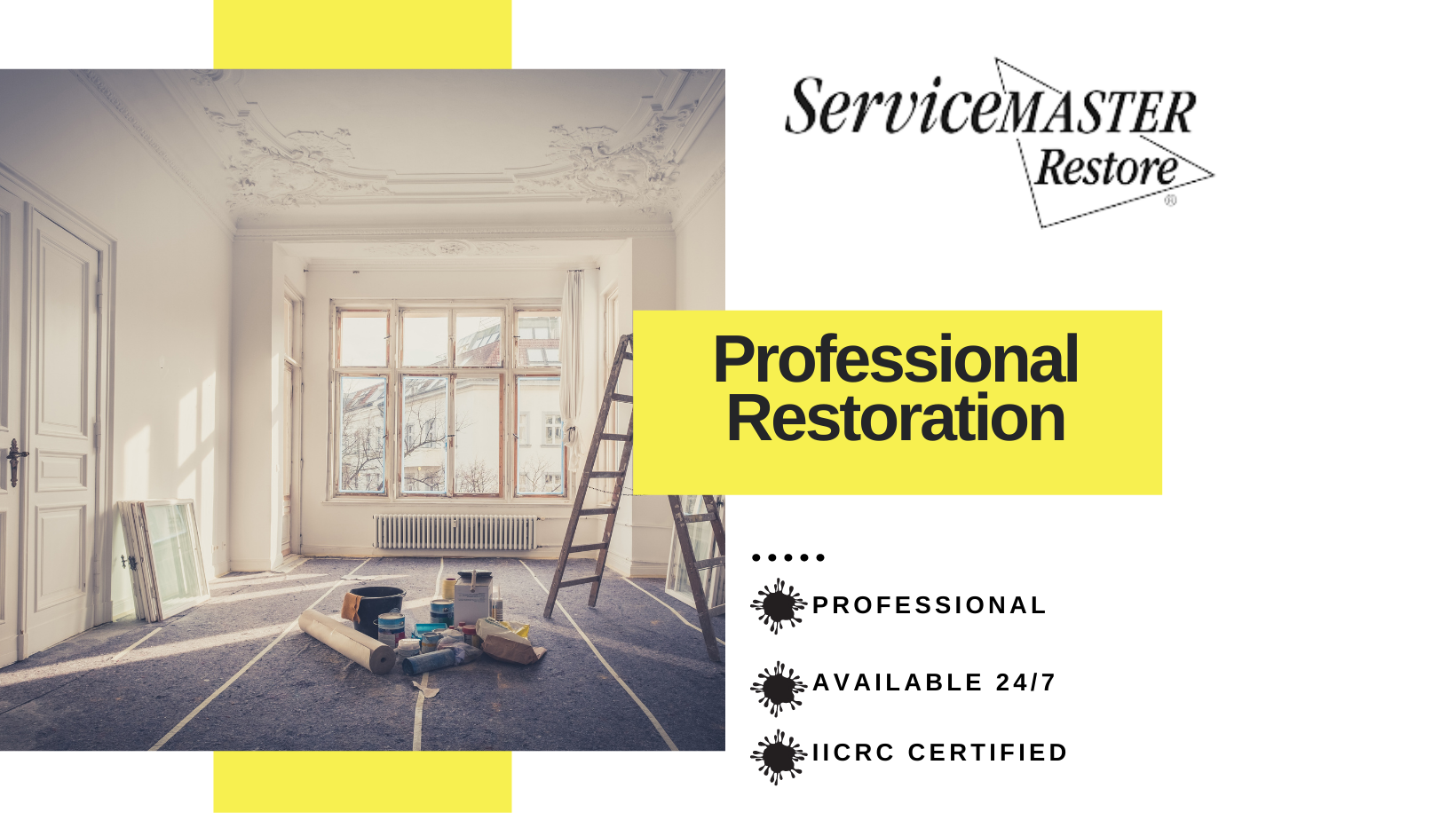
IICRC certified mold removal technicians arrive promptly to your home or business to assess the extent of mold growth. We create a customized mold cleanup plan. Our crews work quickly to contain the area to prevent airborne spores from spreading and contaminating other rooms.
Using safe but effective cleaning solutions and proven techniques, ServiceMaster DRR specialists eliminate all traces of visible and hidden mold. We use advanced equipment to locate all mold, whether the spores grow under the carpets, beneath the wallpaper, or behind the walls.
Do not delay calling ServiceMaster DRR when you spot mold inside your property. Mold growth spreads rapidly and will not only cause health problems but will also destroy the structural integrity of the building materials. Our cleanup efforts will return your home to a hygienic, habitable, and mold-free condition.
Choose ServiceMaster DRR when mold growth of any size develops inside your residential home or commercial building. We are proud to serve property owners in San Francisco, California, and throughout the Bay Area. Call (800) 439-8833 today for professional mold remediation services.

